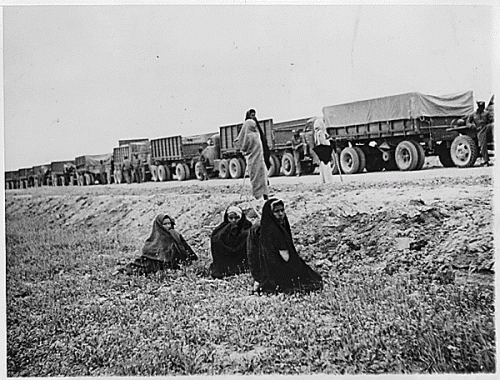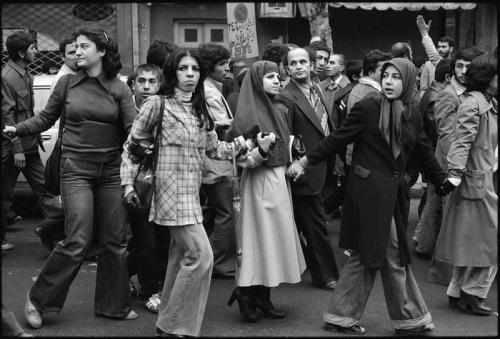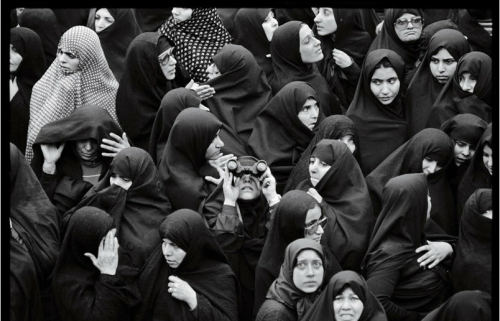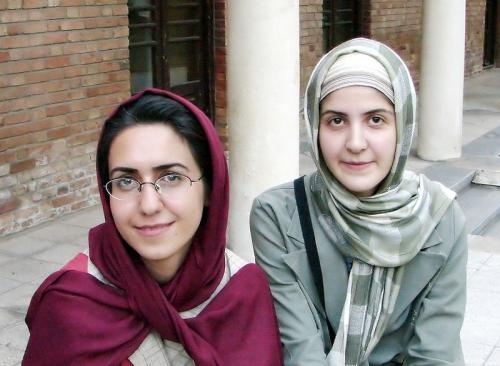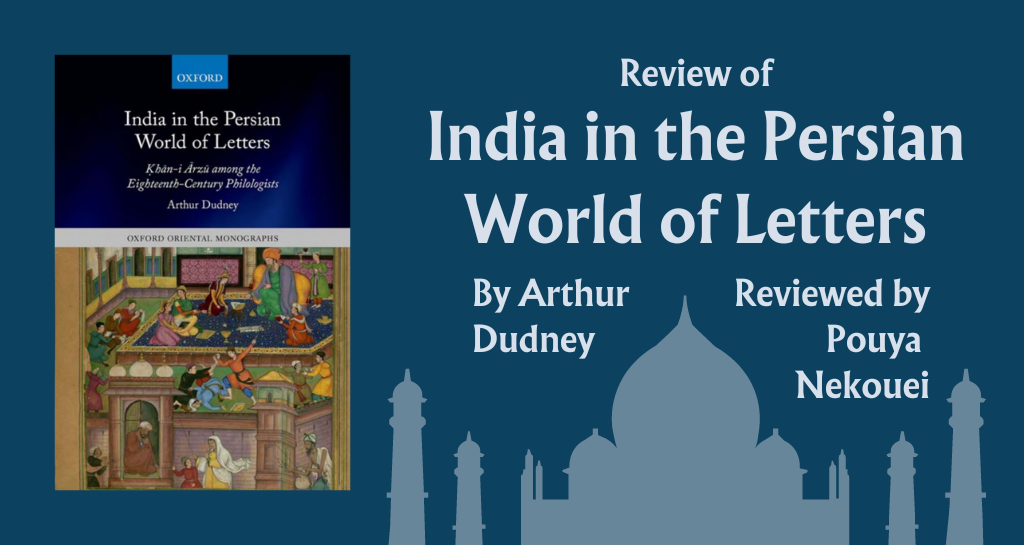
Before the 19th century, Persian was an important lingua franca and connected various territories, communities, and people across the Middle East and South Asia. Arthur Dudney’s book is a valuable account of the cultural history of language and literature in this “Persianate Cosmopolis” during the 18th century. The book contextualizes the learned figures of the Persian language in the more extensive network and cultural environment of knowledge production, circulation, and patronage. Dudney shows that book culture and dictionary-making in the Indo-Persianate world were associated with notions of prestige and elitism.
An elite milieu was essential for book production and for those who intended to join the elite cultural space. In this book we read about the career of Siraj-ud-Din Ali Khan Arzu (1687-1756), the famous poet, linguist, and lexicographer. Dudney shows how Khan Arzu’s upward mobility in the cultural milieu of India depended on his connections with other cultural figures, such as Anand Ram Mukhlis, who assisted him in moving up the hierarchy of Delhi nobility. The author shows how Arzu attempted to establish himself within the literary networks of significant poets such as Bidel Dehlawi (1642–1720) and Sarkhush (d. 1714) (33).
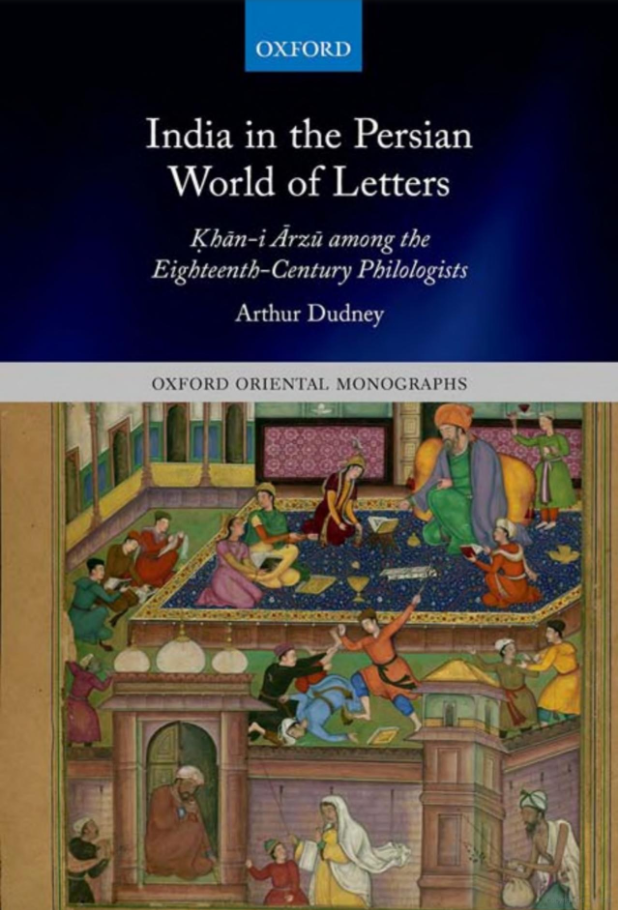
Despite his focus on the elite context of cultural production, Dudney, of course, does not entirely disavow the categories of philology and lexicography. Yet, he reminds the audience of the significance of situated and contextual historical readings of the debates and texts. The author maintains that while personal differences and alliances were essential factors, literary contestation and debates about aesthetics and philology remained crucial (45).
One of the main features of the book is its critical engagement with contemporary theoretical discourse. These categories include terms such as “old” and “new,” “tradition,” and “modernity,” and not least, the arguments about “modern” and “early modernity.” Methodologically, these are sensitive questions to delve into. Much of the relevant theory was first developed in a Euro-American context, while works on the global South have, for valid reasons, focused on colonialism and colonial modernity. According to Dudney, the hallmark of the early global modern period was a reverence for tradition and repurposing and transforming traditional categories anew with commentaries and reconfiguration.
Dudney shows how literary debates and cultural products such as “Indo-Persian” dictionaries in 18th-century India were not a “tradition,” as was understood from colonial and perhaps nationalist lens—i.e., they were not a stagnating phenomenon. The nature of the debates was rather “dynamic” and “changing”; literary figures constantly engaged with the past, local elements, and broader technical questions of language and style. They created a new momentum of literary and aesthetic dynamism and productivity. One of Dudney’s examples in this regard is the development of the science of philology in the Islamic world as a dynamic arena of scholarship. The cases of al-Suyuti in the 15th century and of Arzu in the 18th century show the vibrant nature of the works and debates involved (61–62).
Dudney also uses dictionaries and commentaries to comment on the question of the Persian cosmopolis and its nuances. He shows that in the syncretic Indo-Persian context, while, for instance, Arzu was careful in deploying Indic terms in his work, Mukhlis was more explicit in suggesting the usage of such terms (78). Dudney demonstrates how the vernacular became increasingly important throughout the seventeenth and eighteenth centuries in the Persianate cosmopolis when lexicographers increasingly used or debated Hindi words in Persian.
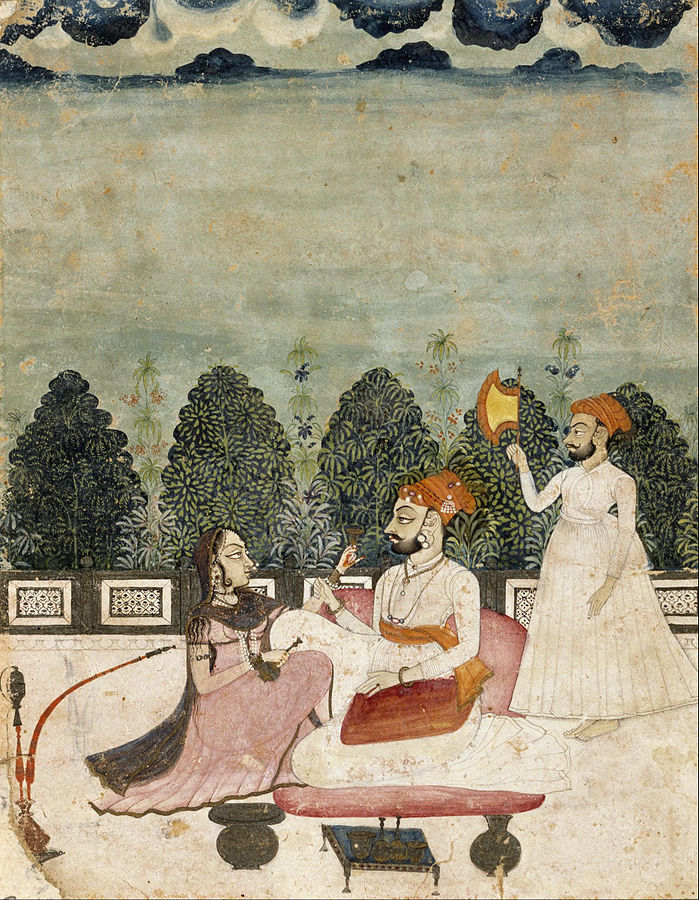
A recurring theme in the book is the author’s nuanced and compelling criticism of the “decline” thesis in the Persian repertoire produced in the Indian subcontinent. The decline thesis refers to Iranian scholarly views in the 20th century that considered the Persian literary tradition and textual production in India as decadent, marking a moment of cultural decline. Dudney demonstrates that from the late 19th century and specifically the 20th century, critics promulgated the idea that the “Indian style” of Persian poetry was inferior to the Persian textual repertoire produced in Iran. This idea was propounded by Mohammad Taqi Bahar (1885–1951) in his famous history of Persian literature and advocated by the Indian Persianist Muhammad Abdul Ghani (108–09).
Dudney reiterates the earlier criticisms of the decline thesis, submitting that it was latter-day nationalists who rendered Persian to Iran and raised Hindi and Urdu to the level of national languages (234). However, Dudney’s significant contribution in this regard is exposing the indigenous traces of similar debates in the 18th century, where there was a difference of opinion concerning the aesthetic qualities of the new trend in Persian poetry. In the 18th century, according to Dudney, the debate was centered on the question of the old and new styles of Persian poetry. For example, while Azar was dismissive of Saeb’s poetry and considered it an “unpleasant style,” Arzu regarded Saeb positively as the voice of the modern style. Dudney’s argument complicates the notion that the thesis of Persian literature’s degeneration was solely a product of 19th- and 20th-century nationalism.
The book is a groundbreaking attempt to contextualize the production of lexicography and literary and aesthetic debates during the eighteenth century. Dudney’s criticism of nationalist historiography is not entirely original. But his book raises an interesting question: why were 18th-century Persian scholars suspicious of the Indian style, long before the zenith of nationalism? Was it due to changing political boundaries, imagination, and migration patterns between Iran and India? Did it emerge from the post-Safavid political condition? These are questions that require consideration and critical contemplation.
The book presents a virtuosic narrative of the cultural history of literature and language in the eighteenth century. It will be of great interest to scholars interested in Iran and India’s intellectual and literary history, to those researching the Persianate world, to historians of Persian literature, and to cultural historians in general.
Pouya Nekouei is a Ph.D. student in Middle Eastern history at the department of Middle Eastern studies at the University of Texas, Austin. His research interests pertain to Global History, the social and cultural history of Iran, the Indian Ocean world, and the connected social and cultural history of South Asia, Iran, and Europe. He is an advisor to the Golistan digital archive project and a research member of Mardomname, a people’s history journal.
The views and opinions expressed in this article or video are those of the individual author(s) or presenter(s) and do not necessarily reflect the policy or views of the editors at Not Even Past, the UT Department of History, the University of Texas at Austin, or the UT System Board of Regents. Not Even Past is an online public history magazine rather than a peer-reviewed academic journal. While we make efforts to ensure that factual information in articles was obtained from reliable sources, Not Even Past is not responsible for any errors or omissions.
